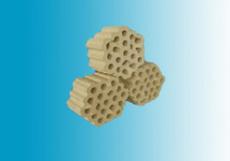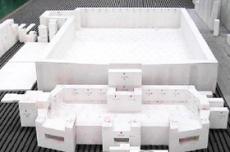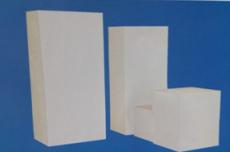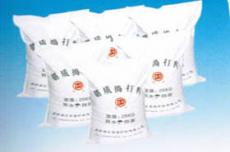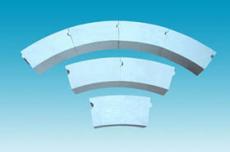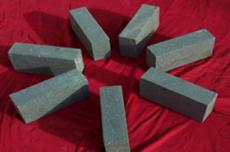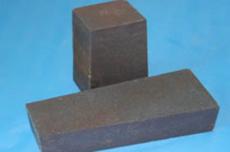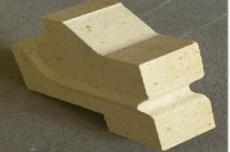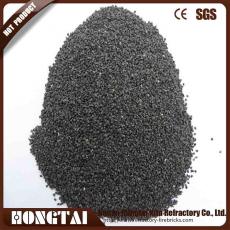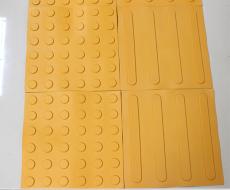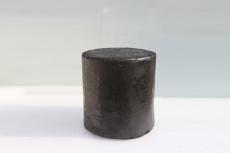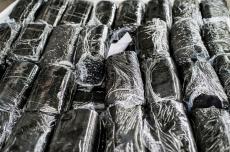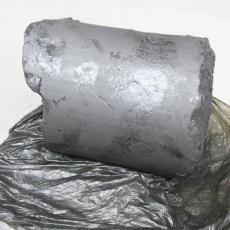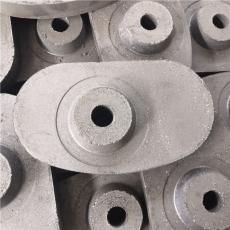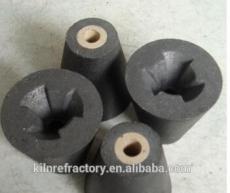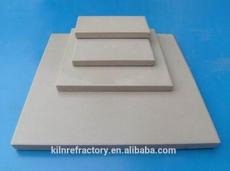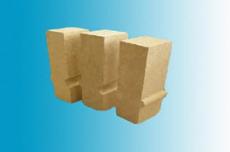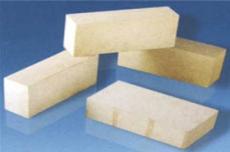
The most common problems encountered when using wear-resistant refractory castable for cement rotary kilns include:
1>. The explosion problem
1.Reason: Cement kilns are often overloaded by production operations, which often shortens the curing and firing time of the castable. Alumina cement is primarily used as a binder for castable products. Therefore, sufficient curing and proper firing treatment are required. An uneven number of construction teams affects quality. Special parts, such as kiln head covers and grate coolers, are difficult to burn, and the hot airflow makes it difficult to completely remove free water from the castable. During the production process, the temperature rises rapidly, and the vapor pressure imbalance causes an explosion.
2. Phenomenon: castable may spall, delaminate, or even crack during kiln firing or charging.
2>. The Disposal Problem
1. Reason: When the anchor falls, the molten material loses its holding power and disintegrates. The kiln entrance is at increased risk of collapse due to high-temperature clinker wear, scratches from high-temperature wind-blown sand, expansion and extrusion of the rotating shielding iron of the kiln body, and oval deformation of the cylinder. The internal structure of the castable is destroyed by the rapid cooling and thermal shock that occur when the kiln is started and stopped during abnormal production processes.
2. Phenomenon: Refractory materials detach from the kiln walls and other parts, and can be small pieces or large fragments.
3>. Wear Problems
1. Reason: The materials in the rotary cement kiln are in constant motion, causing scratches and friction in the castable, especially in the contact area between the material-falling part and the kiln wall. High temperatures reduce the strength and hardness of castable products, making them more susceptible to wear. If the castable itself is of poor quality and does not have sufficient resistance to intermediate temperatures, deterioration will also accelerate.
2. Phenomenon: The molding surface gradually wears away, holes appear, and it becomes thinner. In severe cases, the steel plate or anchor becomes exposed.
4>. Blood Clotting Problems
1. Reason: If the castable is stored for too long and contains moisture, or if the environment is humid and the temperature during construction is low, the cement will be damaged and the castable will not be able to harden properly. If the castable mixer is located far from the construction site and the castable mixture is not used in time after mixing, it will begin to harden during transportation.
2. Phenomenon: Even after several days of construction, the castable lacks strength or hardens prematurely during the construction process, affecting the quality and progress of the work.
5>. The problem of thermal shock damage
1. Reason: During the operation of the cement rotary kiln, temperature fluctuations occur frequently and have a large amplitude. The molten products are constantly exposed to temperature changes, and thermal stresses occur within them.
2. Phenomenon: Cracks, delamination, and other phenomena occur in the castable, reducing its service life and insulating properties.
6>. The Problem of Chemical Erosion
1. Reason: During the cement production process, materials and gases contain chemical components such as alkali and sulfur, which chemically react with the castable and cause corrosion.
2. Phenomenon: The castable's structure is destroyed, its strength decreases, and it crumbles and detaches.
